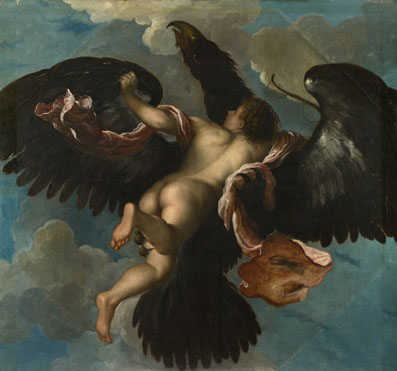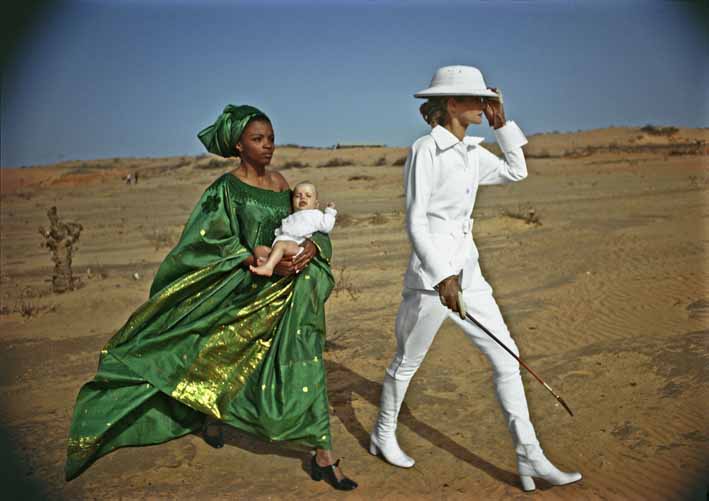wallace collection, london
Olhar Museu: The Unacknowledged Museum of Gay Art
wallace collection, london
wallace collection, london
wallace collection, london
unfortunately london's national gallery does not allow photography.

View: Attributed to Damiano Mazza, The Rape of Ganymede. Read about this painting, learn the key facts and zoom in to discover more.
U.S. waters brought to the Thames river.
the thames.
British Museum
British Museum
Hermaphrodite, second half of third century A.D.
Museo di Scultura Antica Giovanni Barracco, Rome.
Rome
Anatomische Lehrmodelle einer Schwangeren, eines Auges und eines Ohres, Nürnberg, um 1680, Stephan Zick (1639-1715)
Brazilian Cannibals on Humboldt's coconut.
Black woman from the Amazon
Bruegel's paradise.
Brazil
me Collectors Room, Berlin
o Olhar Museu Isolates details to magnify or produce meaning.
o Olhar Museu performs an archeology of the surface into the unconscious speeches of things (the gaze sculpts meaning into the matter of life).
To historicize,
To witness,
To take inventory,
To invent,
To curate,
To image desire and longing,
To read in between the lines,
To read the fine print,
To linger on,
To remember,
To accumulate the sparse and make it weighty.
To enlist,
To take issue.
To frame,
To cut,
To direct attention,
To blow up (To Antonioni),
To make the background into foreground,
To change visual hierarchy,
To make private gaze public.
Elmgreen and Dragset, Berlin, 2008.
I admire: the account of war by a woman, the political engagement in art, the everyday political struggles into elegies.
I mistrust: the artistic virtuosity that obfuscates the content.
As I read Weisel’s Night today I felt his direct prose to be more effective. But is it because of the power of the documentary? Are we condemned to the first person, seemly-unflourished witnesses accounts? Does the symbolic makes quaint, domesticates a hard truth? Or does the documentary makes it into spectacle?
Those are not rhetorical questions.
Nolde and Beckman are my favorite Expressionists. This show juxtaposed some objects from his collection, from kitsch to historical, with his depictions. There was also a part dedicated to his paintings based on the collection of the Ethnological Museum, which I just visited a few days ago (and where they had markers on the pieces that he painted). This is not what interests me. His paintings are rarely as strong as the objects that originated them, particularly the African sculptures. And to our eyes they do not represent bad taste, or the exotic, or a flurry from the unconscious, as they did for his generation.
I rather like his landscapes, which have the dark depth of German Romanticism. At least as I remember them at the Thyssen Bornamisen 15 years ago.
(Helmut Newton exhibition)
I know the art world loves fashion. To me it seems mostly a racist, sexist, classist world. A world that is seen as ‘feminine,’ but that is made of male photographers presenting the work of male designers who dress woman often made up by male hairdressers and make up guys.
I dislike that it is an instrument of capitalist consumerism; that its utopia is of people that are always young, always rich, and who spend their lives in continuous leisure. I have seen too many Antonionis to even desire that utopia.
But the pictures are spectacular. They are beautiful. And yet they are the enemy. The embodiment of the ideology of oppression. Their seductiveness is what is slightly repulsive.


Martin Gropius Museum banner, Berlin.